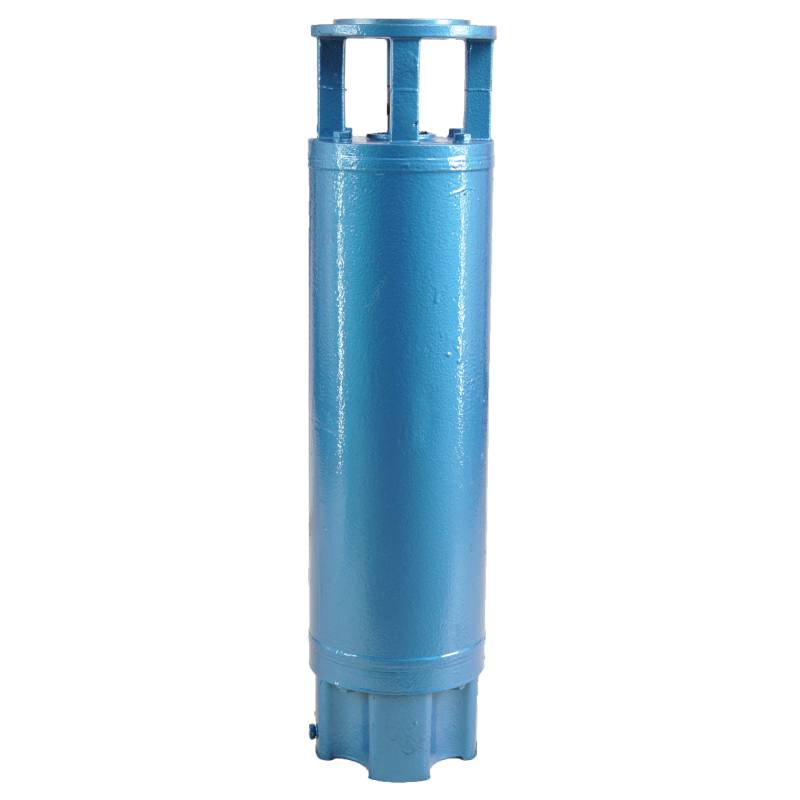Dec . 07, 2024 05:15 Back to list
deep well jet pump vs submersible
Deep Well Jet Pump vs. Submersible Pump A Comprehensive Comparison
When it comes to choosing a pump for deep well applications, two popular options on the market are deep well jet pumps and submersible pumps. Each type has its advantages and disadvantages, which can influence the decision of homeowners and professionals alike. This article will explore the differences, benefits, and ideal applications for both types of pumps to help you make an informed choice.
Deep Well Jet Pumps
Deep well jet pumps operate on the principle of using a jet of water to create a vacuum that pulls water from the well. They are typically installed above ground and consist of a motor, pump head, and a jet assembly. The main advantage of deep well jet pumps is their affordability and ease of installation. They are generally less expensive than submersible pumps and can often be installed with minimal professional help.
However, there are limitations to consider. Jet pumps are typically effective for wells that are 25 to 100 feet deep. Beyond this depth, their efficiency decreases significantly, making them less viable for deeper wells. Moreover, they tend to be less energy-efficient, leading to higher operational costs over time.
Submersible Pumps
Submersible pumps, as the name implies, are designed to be submerged in the well water. They consist of a sealed motor that drives a pump, which pushes water to the surface. Submersible pumps are often more efficient than jet pumps, especially for deeper wells, as they can operate effectively at depths of 200 feet or more. This makes them an ideal choice for regions where groundwater is located at greater depths.
deep well jet pump vs submersible

One of the key advantages of submersible pumps is their energy efficiency. They generally require less power to operate than jet pumps, which can translate into lower energy costs in the long run. Additionally, since they are installed underwater, they are less susceptible to cavitation, a phenomenon that can damage the pump.
On the downside, submersible pumps are often more expensive to purchase and install. Their installation usually requires a professional, which can increase initial costs. Furthermore, maintaining and repairing submersible pumps can be more challenging since they must be removed from the well for inspection or service.
Applications and Considerations
The choice between a deep well jet pump and a submersible pump largely depends on specific application requirements, such as well depth, water demand, and budget. For shallow wells or applications where budget constraints are significant, a jet pump may be sufficient. Conversely, for deeper wells, especially those requiring high efficiency and lower energy consumption, a submersible pump is often the better choice.
Consideration of local water conditions is also essential. If the water is sandy or contains larger particles, a submersible pump’s filtration capabilities make it preferable, as it can manage sediment effectively and minimize wear and tear.
Conclusion
Ultimately, both deep well jet pumps and submersible pumps have their merits depending on your needs. By evaluating factors such as depth, efficiency, installation, and budget, you can make a more informed decision. For deep applications, submersible pumps typically stand out due to their efficiency and effectiveness, while jet pumps can be a cost-effective solution for shallower wells. Always consult with a water system professional to ensure that you select the pump that best fits your specific situation.
-
Water Pumps: Solutions for Every Need
NewsJul.30,2025
-
Submersible Well Pumps: Reliable Water Solutions
NewsJul.30,2025
-
Stainless Steel Water Pumps: Quality and Durability
NewsJul.30,2025
-
Powerful Water Pumps: Your Solution for Efficient Water Management
NewsJul.30,2025
-
Oil vs Water Filled Submersible Pumps: Which is Better?
NewsJul.30,2025
-
Deep Well Pumps: Power and Reliability
NewsJul.30,2025
-
 Water Pumps: Solutions for Every NeedWhen it comes to handling dirty water, the dirty water pump is a must-have.Detail
Water Pumps: Solutions for Every NeedWhen it comes to handling dirty water, the dirty water pump is a must-have.Detail -
 Submersible Well Pumps: Reliable Water SolutionsWhen it comes to ensuring a reliable water supply, submersible well pumps are a top choice.Detail
Submersible Well Pumps: Reliable Water SolutionsWhen it comes to ensuring a reliable water supply, submersible well pumps are a top choice.Detail -
 Stainless Steel Water Pumps: Quality and DurabilityWhen it comes to choosing a water pump, the stainless steel water pump price is a crucial factor.Detail
Stainless Steel Water Pumps: Quality and DurabilityWhen it comes to choosing a water pump, the stainless steel water pump price is a crucial factor.Detail
